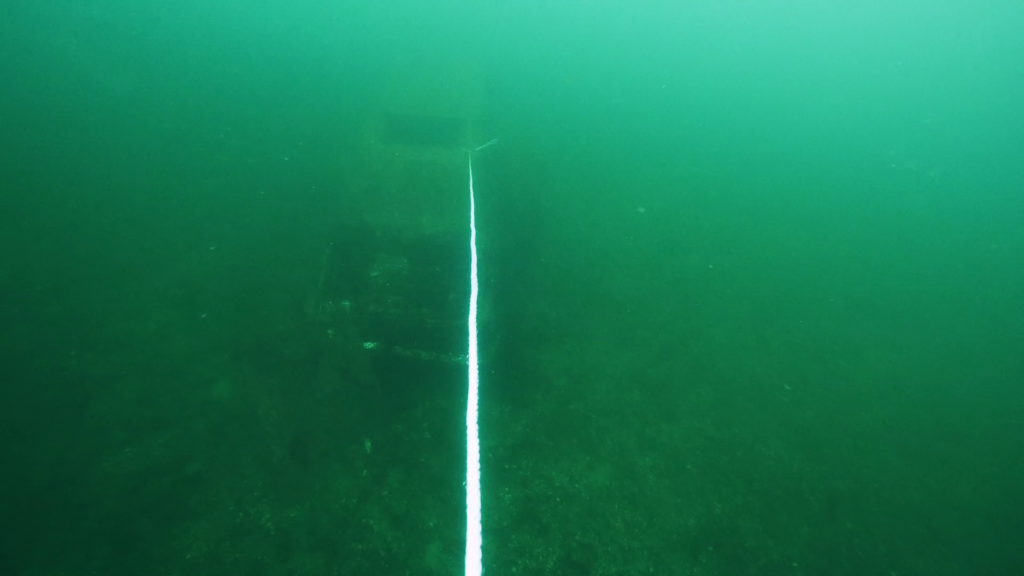You may wonder why a police service would need a team specialized in underwater operations. After all, why would the RCMP need to go to the bottom of rivers, lakes, or oceans? The truth is that sometimes things can be a bit…fishy underwater.
Evidence that could solve a crime or, sadly, victims of crime are sometimes found at the bottom of lakes rivers or the ocean. This is when the RCMP Underwater Recovery Team, or URT for short, comes into play. This specialized team can be found across Canada assisting in investigations, finding evidence or bringing closure to families.
“Like diving in chocolate milk”
For some readers who love to swim, you might think, “Sign me up! This looks like fun! I did some snorkeling in Mexico and I loved it!” The reality is that the majority of the investigations the Underwater Recovery Team conducts are in hazardous and unfriendly environments. Some investigations even require the team to look for items as small as bone fragments.
In fast-moving currents including the Pacific or Atlantic oceans, the water can be clear, with good visibility. In most operations though, the water visibility can be close to zero, which makes this type of work a serious challenge (think of it like swimming in a waterier chocolate milk). This doesn’t even take into consideration ice in the winter, the fast currents during spring run-off, or biohazard materials Members may encounter during a dive.
Visibility:


Items that they are looking for:


Safety First
Safety is a priority for the Underwater Recovery Team. No divers will go in the water unless all potential emergency scenarios can be handled. It can take up to a full day to plan a dive depending on the water conditions and to bring all the Members and equipment to the location with the help of the mobile dive locker.
The majority of the work is done on land before any Members get in the water. The logistics of how many Members are needed, how they will arrive at the location, and the planning of the dive itself takes up a large portion of the work.
Dive Teams Include More than Divers
There are multiple teams that work alongside divers to ensure a safe operation. Topside crew assists divers get in their gear, help them in and out of the water, and bring equipment as needed. The team supervisor will do a pre-dive safety check on every diver before anyone goes in the water. The topside crew is as important as the diver. The divers are in constant communication with them. They use different types of wireless communication that work like a two-way radio or use a hardware communication system where the diver uses their search line as a communication cable which gives off sound as clear or clearer than talking on the phone.
Bringing Closure to Families
In addition to searching for evidence, the URT team also brings closure to families by finding victims under the water. In 2022, the British Columbia URT were called in after a bulldozer building an ice road fell through the ice with the occupant of the vehicle trapped inside. The dive team faced extremely cold temperatures below -41C and six-feet-thick ice. With the water being too deep for divers to operate in, they used multiple Remote Operated Vehicles to recover the victim in deep water, helping to bring closure to his family.
Solving Historic Cases
In 2021, while RCMP investigators were searching near a beach just outside Halifax, Nova Scotia, they found two submerged cars, one of them belonging to a woman who had disappeared 22 years earlier. The URT painstakingly examined the mud-covered car in poor visibility and discovered the body of missing woman, solving the historic case.
Deep Dive Into the RCMP’s URT Team
Want to learn more about the RCMP’s Underwater Recovery Team? Check out the below videos featuring RCMP Sgt. Mark Bishop from Nova Scotia and Cpl. Jamie Diemert from Saskatchewan who are part of the URT in their respective divisions.



